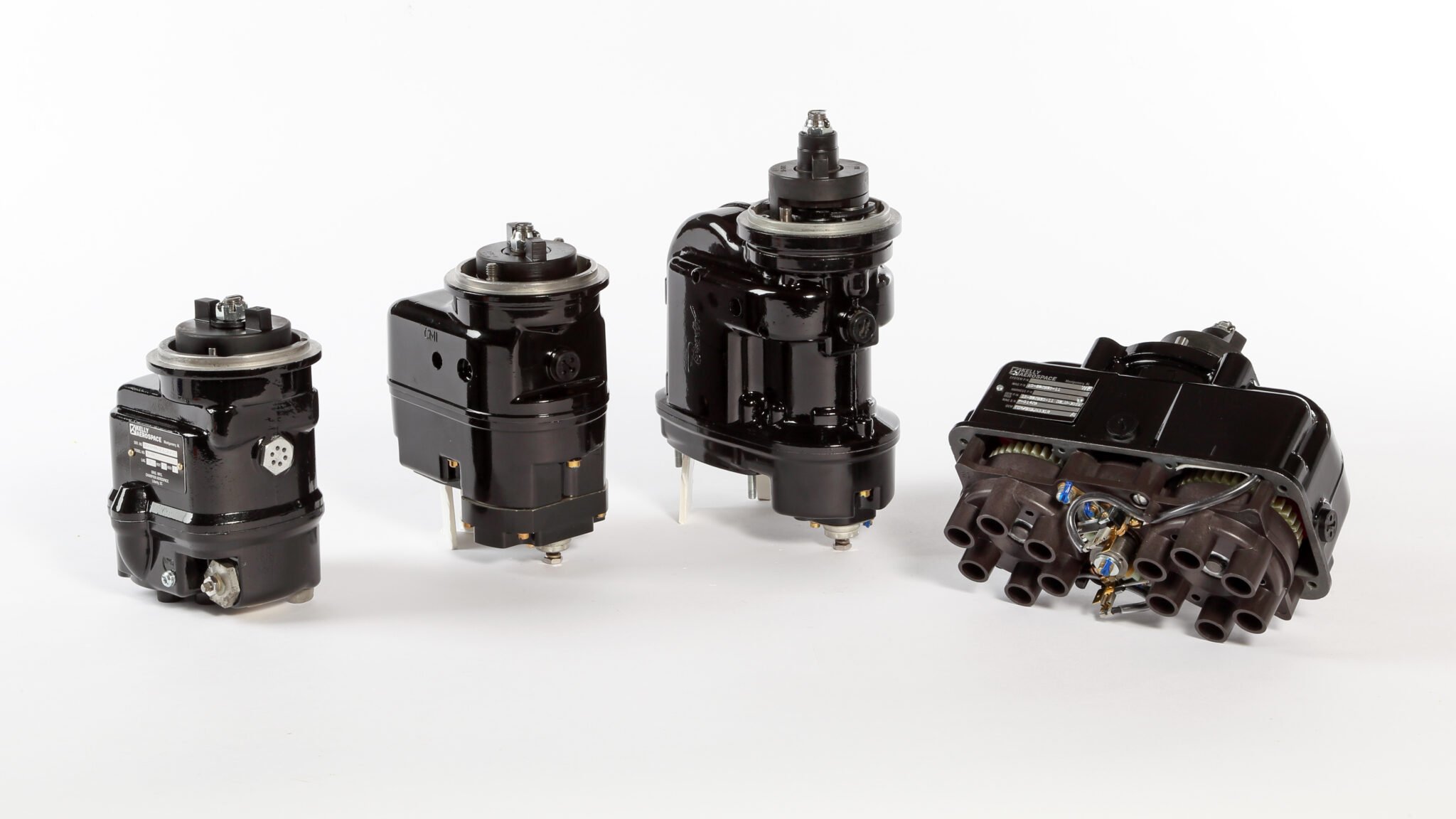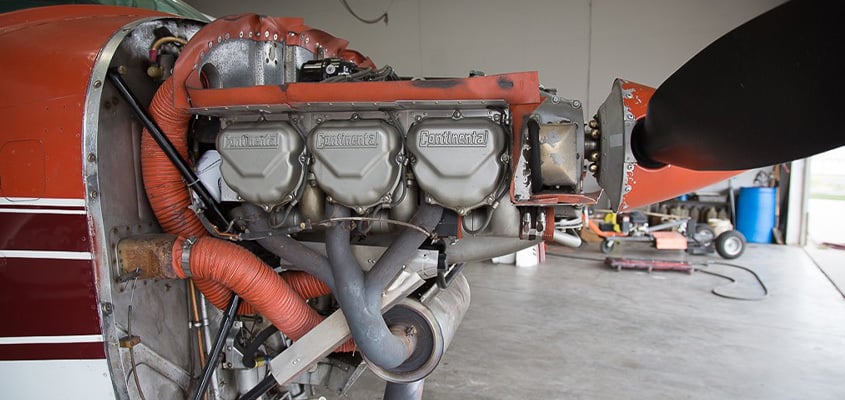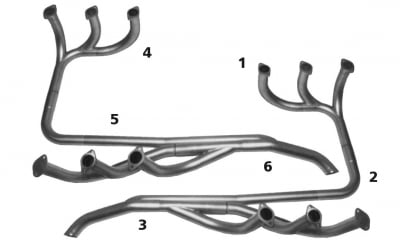A Carbon Monoxide Event
Guest Author: Greg Stratz
Greg is an American Bonanza Society magazine Past President. He flies an F33A. The following article was first published in the American Bonanza Society magazine in November 2022.
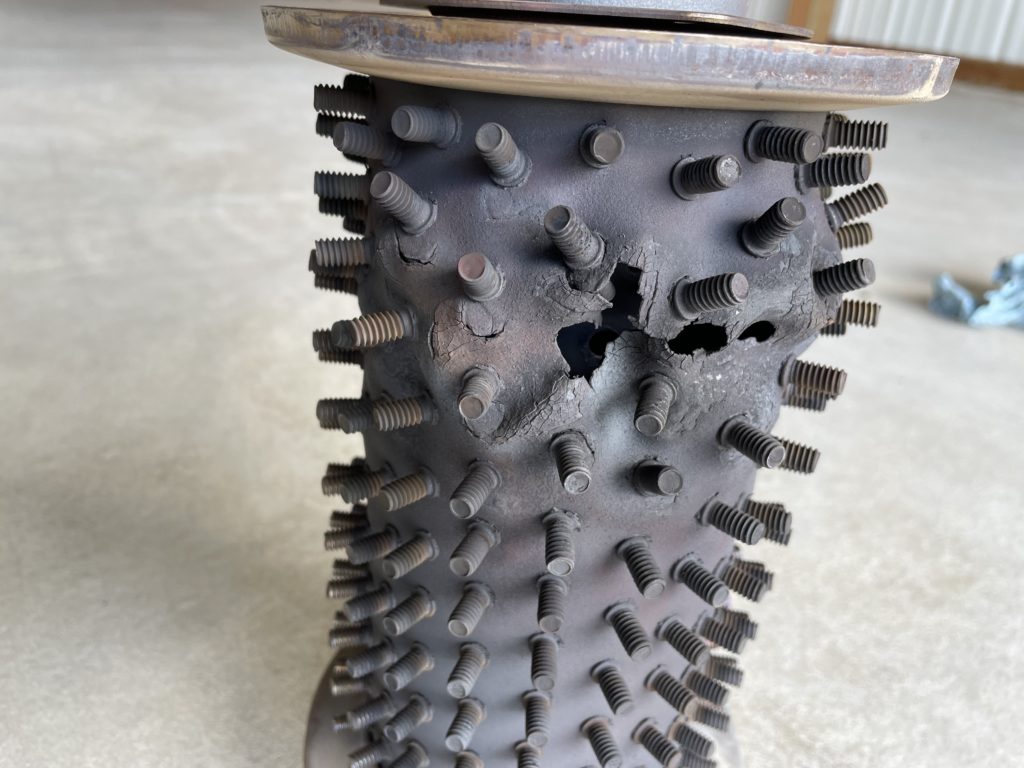
Thursday, September 29, 2022, was my 67th birthday. A pilot friend of mine, who I went to high school with and have hangars in the same row at Fond du Lac County, Wisconsin, airport, were going to fly out that morning for breakfast to Janesville, Wisconsin, in my 1992 F33A Bonanza. It was a cold and crisp fall morning with temperatures hovering around freezing.
After doing a preflight and pulling N8080N out of the hangar, we loaded up and fired that IO-550 up. It had been a warm summer and fall leading up to this flight, and I had not flown with the heat or even the firewall shutoff open since early spring. So it was time to push the red firewall shutoff knob in to open that valve. The next step was to pull the cabin heat valve knob rearward to open the mixer valve to add heat to the cabin.
Immediately when I pulled the cabin heat knob open, there was a very loud engine noise increase in the cockpit, even with my new Bose A20 noise-cancelling headsets on. That got my attention, and then I noticed I could smell a slight amount of what I thought were exhaust fumes. I then closed the heat valve and the sound and smell went away. Somehow in my state of denial I rationalized that maybe the sound increase was due to my new/ different headsets and the smell was due to the lack of use of the heat for nearly six months. I do remember commenting to my buddy that I just didn’t remember getting that large of a noise increase in the past when applying cabin heat.
Despite that, I still taxied to the departure end of the runway, did a runup, and then closed and opened the cabin heat. Same load engine noise. Perhaps the rational and more cautious side of my brain started to engage and I closed both the cabin heat valve and firewall shutoff as I started to pull out on the runway.
About now all the readers of this are yelling, “Don’t do it, abort the flight!”
Well, I wasn’t smart enough to follow what my own advice would have been to others – off we went. During the full power climb I just had to try applying cabin heat one more time, and this time I could barely hear the sound increase over the roar of 2700 RPM propeller noise. Despite that I closed both the firewall and cabin heat controls and wisely left them closed the duration of the flight to Janesville and return flight back to Fond du Lac.
I thought about that the rest of the day. My suspicions grew that I may have a compromised right-hand muffler. I was really hoping to avoid purchasing any new engine-related parts for the next three months as I have a new RAM IO-550 engine on order for late December delivery, which includes a whole new exhaust system. I also knew I had about 50 more hours of flying to do until then, much of it long crosscountry flights in the northern half of the country. I would certainly need cabin heat. Time to check to see what was going on.
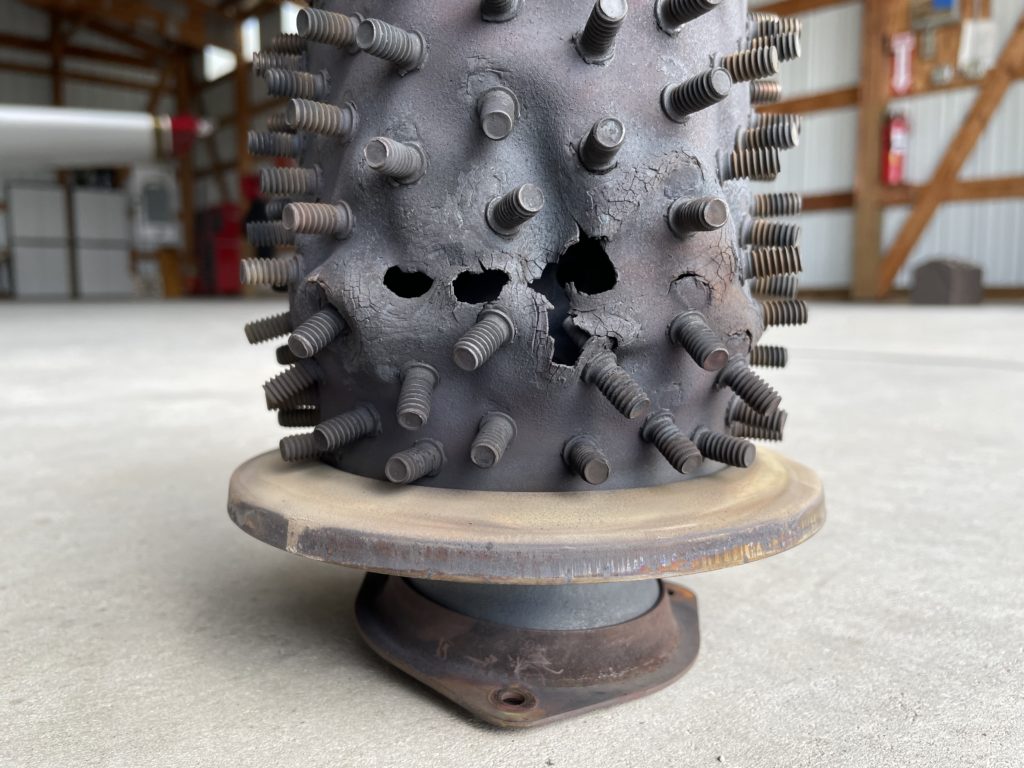
Early the next morning I called a local mechanic to see if he could help me pull that right-hand muffler out of the engine compartment to see what was (or was not) going on. He said he could at 1 p.m., but he could not help me install a new one the next week as he was going to be gone. Dang, I was planning on flying to the Beechnutz Formation Clinic that Thursday and really wanted to attend. I kept the 1 p.m. appointment to pull it apart
Then I called another mechanic to see if he could work with me to install a new muffler early the next week if that was indeed the problem and if I could find a new muffler. He said he could.
Then I called Aerospace Welding (AWI) in Eagan, Minnesota. I was patched through to Charlie Feld and he confirmed they had one in stock. I told him my story and he asked if I had a CO monitor in the plane. No, I didn’t. He advised I go to a hardware store and buy a CO monitor, pull the plane out, fire it up, turn the cabin heat on, and see if the monitor detected any CO. If it detected CO, cancel the mechanic to troubleshoot the problem and call him back. He could ship a new muffler out that day and I could have it at my doorstep the next morning, which would be a Saturday.
So off to the local fleet farm store’s “aviation department” I went. I found the best CO monitor they had, including a 10-year battery and digital display. Was only $50.
Back at the hangar: I followed Charlie’s advice, fired up the engine in front of my hangar with the CO monitor sitting on my leg in the cockpit, opened the firewall shutoff, and applied cabin heat. I was just idling at 1000 RPM and without any headsets on and the noise was pretty loud from the cabin heater. Within 30 seconds the CO monitor sounded an incredibly loud alarm like you hear from a smoke alarm. I looked at the digital display on the monitor and it was already reading about 150 PPM and climbing. After two minutes the display pegged out at its maximum display of 999 PPM. I had seen all I needed to see, shut down the engine, and evacuated the cabin. I could even taste that exhaust in my mouth for several minutes afterward. At those high of CO levels I can only imagine how short of time before consciousness and then death would occur. I had just flown to and from the ABS Convention the weekend before, as well as two formation flights while there for a total of nearly 10 hours of flying time. Thankfully it was warm for the duration of those flights and I didn’t need the heat.
I called the first mechanic to cancel the appointment, then I called Charlie back at AWI. When he answered the phone his first words were, “Hi Greg, I bet we need to ship you a new muffler today.” I told him the test results, thanking him profusely for his troubleshooting advice and his adamant recommendation to always have a CO monitor on board the aircraft, and gave him my credit card number and shipping address.
True to his word, I received the new muffler the next morning. I then called my mechanic to let him know I had already received it. He asked if I wanted to install it Sunday morning. My answer was “heck ya!”
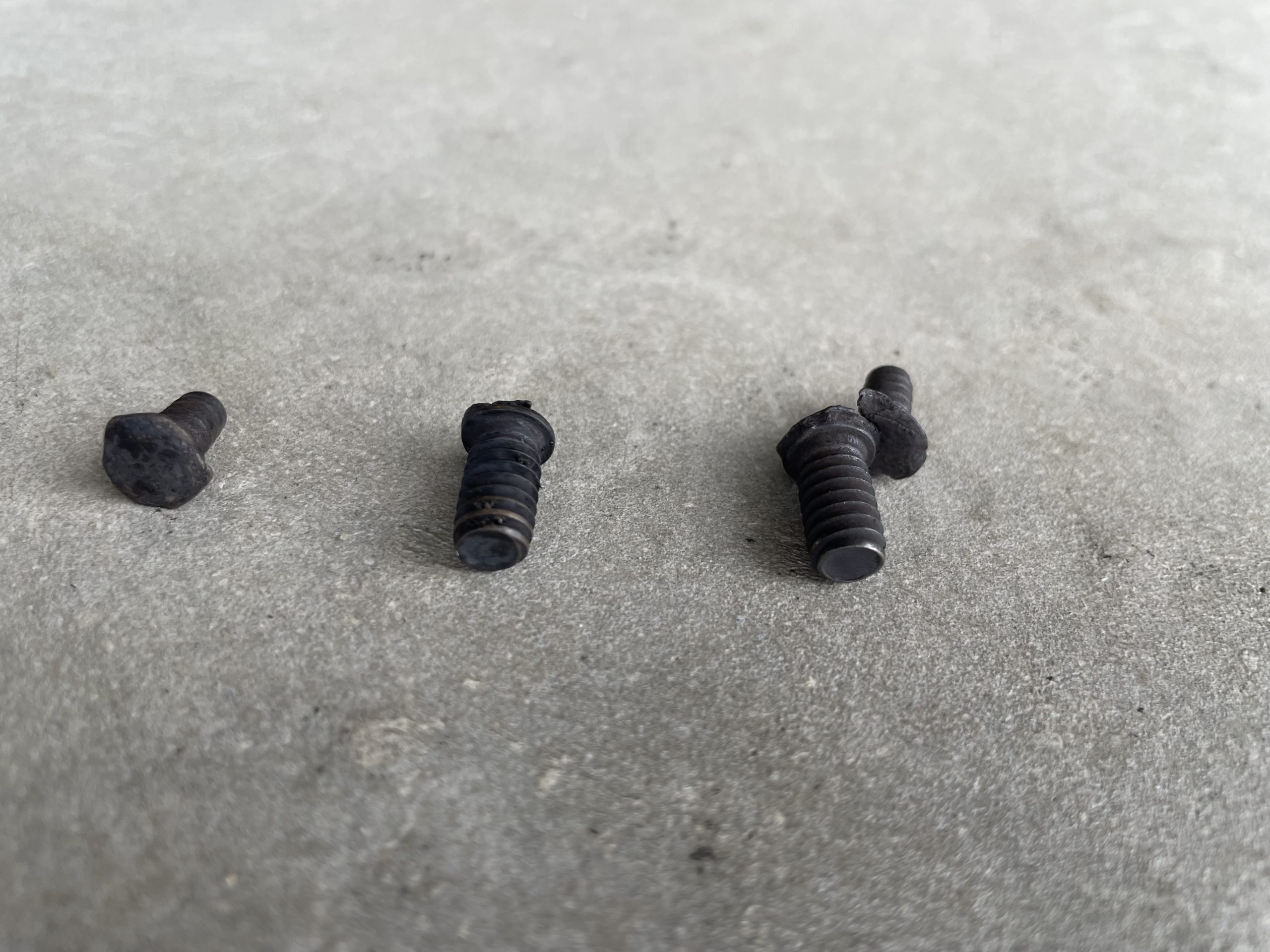
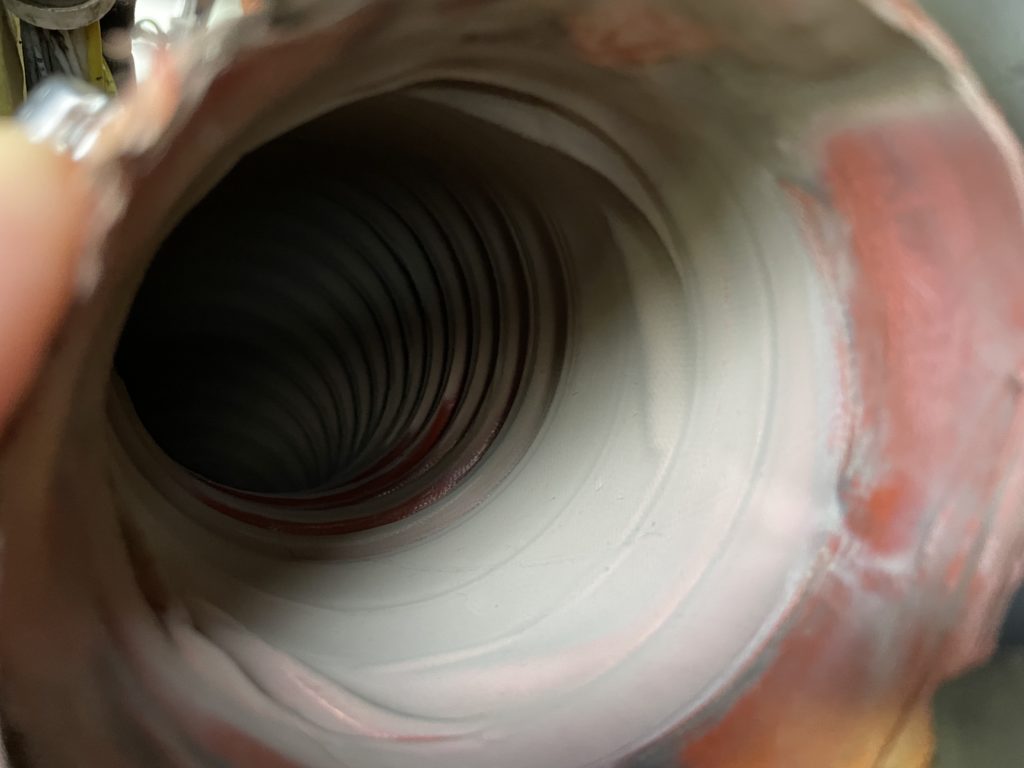
What you see in the pictures is what we found when we pulled it out of the plane. It was as bad as I had imagined. We found several of the studs rattling around in the muffler shroud. As bad as the Inconel muffler was, the flame cone was in perfect condition, which is partly what led me to believe the muffler overall was in good condition as I shine a flashlight up the tail pipes regularly. In my experience with regular stainless steel mufflers, when the flame cones start to warp, it is time to replace the muffler, usually at about 500 hours’ time in service. I won’t be lulled into that thinking again with Inconel mufflers. For reference, my Inconel muffler had 1,060 hours’ time in service.
Another observation was that when we started to disassemble the system, we found that the first 12” length of interior of the scat tube at the exit of the muffler shroud was covered in the same brown/ gray soot that you see on the interior of the exhaust pipes.
So the moral of the story: CO poisoning is real and can be deadly. Be sure to pressure test and visually inspect your exhaust system, especially those used for cabin heating. And for crying out loud, carry a CO monitor in the cabin of your airplane, it may just save your life one day.
